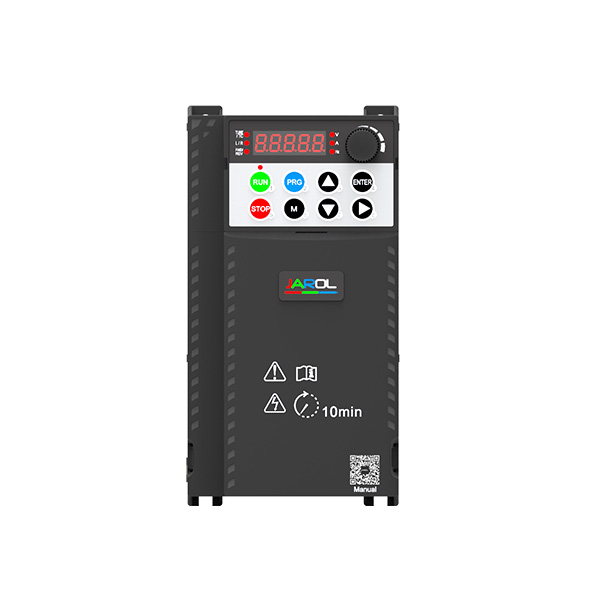Exploring Precision: Control Mechanisms in High-Performance Frequency Converters
2024-03-13
In the dynamic world of industrial automation, precision control over motor speed and torque is paramount for optimizing efficiency, productivity, and reliability. High-performance frequency converters stand at the forefront of this technological revolution, employing sophisticated control mechanisms to deliver unparalleled performance in a wide range of industrial applications. In this blog, we'll delve into the control mechanisms employed in high-performance frequency converters, unraveling the intricate workings behind their precision and versatility.
1. Open-Loop Control:
Open-loop control is the most basic form of control mechanism used in frequency converters. In this approach, the frequency converter generates an output voltage and frequency based solely on predefined input parameters, such as a setpoint or reference signal. While open-loop control is simple and cost-effective, it lacks feedback mechanisms to adjust for changes in motor speed or load conditions, making it less precise compared to closed-loop control methods.
2. Closed-Loop Control:
Closed-loop control, also known as feedback control, is a more advanced control mechanism that incorporates feedback from sensors to continuously monitor and adjust motor speed and torque. In closed-loop control systems, sensors such as encoders or tachometers provide feedback signals to the frequency converter, allowing it to dynamically adjust the output voltage and frequency to maintain desired speed and torque levels. Closed-loop control mechanisms offer superior accuracy, responsiveness, and stability compared to open-loop control, making them ideal for applications that require precise speed and torque control.
3. Vector Control:
Vector control, also known as field-oriented control (FOC), is a sophisticated control mechanism that treats the motor as a vector in a multi-dimensional space, enabling independent control of motor flux and torque components. By accurately controlling the magnetic field orientation and amplitude within the motor, vector control allows for precise regulation of motor speed and torque, even at low speeds and under varying load conditions. This advanced control mechanism ensures optimal motor performance, efficiency, and dynamic response, making it well-suited for high-performance applications such as robotics, CNC machining, and precision motion control.
4. Sensorless Control:
Sensorless control is a specialized control mechanism that eliminates the need for external sensors, such as encoders or tachometers, to provide feedback to the frequency converter. Instead, sensorless control algorithms rely on the inherent properties of the motor and its electrical signals to estimate speed, position, and other parameters. While sensorless control offers cost savings and simplified installation compared to sensor-based control methods, it may be less accurate and reliable, particularly in dynamic or high-speed applications.
5. Adaptive Control:
Adaptive control is a dynamic control mechanism that continuously adjusts control parameters based on real-time feedback and environmental conditions. By adapting to changes in motor characteristics, load conditions, or operating conditions, adaptive control mechanisms optimize motor performance, efficiency, and reliability, ensuring optimal operation under varying circumstances. Adaptive control algorithms may incorporate machine learning, neural networks, or fuzzy logic techniques to continuously improve performance and adaptability over time.
6. Advanced Control Features:
In addition to basic control mechanisms, high-performance frequency converters often incorporate advanced control features and algorithms to further enhance motor performance and efficiency. These may include dynamic load balancing, predictive maintenance, energy optimization, and synchronization capabilities, among others. By leveraging these advanced control features, frequency converters deliver superior performance, reliability, and versatility in industrial applications, enabling businesses to optimize their processes and stay ahead of the competition.
In conclusion, high-performance frequency converters employ a variety of control mechanisms to deliver precise, reliable, and efficient motor control in industrial automation applications. Whether it's open-loop control, closed-loop control, vector control, sensorless control, adaptive control, or advanced control features, each mechanism plays a critical role in shaping the performance and capabilities of frequency converters. By understanding these control mechanisms and their implications, businesses can harness the full potential of high-performance frequency converters to optimize their operations and achieve greater success in today's competitive marketplace.



